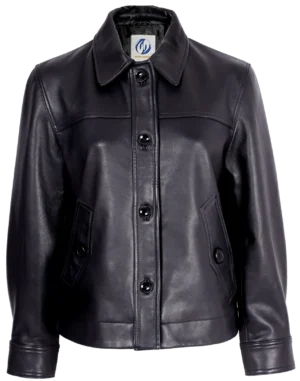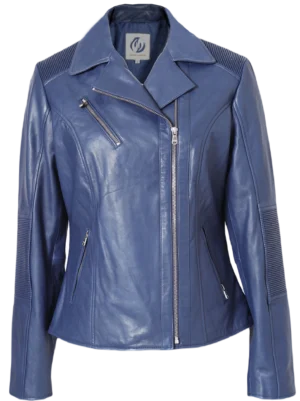The journey to understanding what is tanning of leather, the types of leather tanning methods that define modern leathercraft, and the critical differences between chrome vs vegetable tanning takes us through thousands of years of human innovation. Today, three primary methods dominate the tanning process: chrome tanning, which offers efficiency and durability; vegetable tanning, recognized for its natural materials and distinctive aesthetic; and chrome-free tanning, which delivers specialized performance for specific applications. Each method plays a crucial role in transforming raw animal hides into the high-quality leather products we use daily.
The Evolution of Leather Tanning
The history of leather tanning stretches back to prehistoric times when early humans discovered that the tanned animal hides could serve a purpose beyond sustenance. They learned to transform these skins into durable materials suitable for clothing, shelter, and other uses. However, rawhide would harden and decay if left untreated, making it unsuitable for practical applications.
This discovery led to the development of tanning. Ancestors treated animal hide with specific substances to preserve and soften it, giving rise to what we now know as leather—initially, methods like smoke and fat-tanning involved treating hides with animal fats or exposing them to smoke. Over time, the tanning process has evolved into a more sophisticated practice, yet its core objective remains unchanged: transforming rawhide into a durable and functional material.
So, what is tanning of leather? Tanning refers to the process of treating animal skin to produce leather. This method modifies the protein structure of the skin, enhancing its durability and reducing its susceptibility to decomposition and bacterial growth. The result is leather from animal skin finds applications across a wide range of industries—from fashion accessories and furniture to automotive upholstery and bookbinding. The journey from rawhide to refined leather showcases human innovation and reflects a rich tradition that continues to thrive in contemporary craftsmanship.
Is Tanning Necessary?
Let’s explore why tanning is essential. In the raw state, animal skins remain vulnerable to issues like rotting and hardening. They also respond poorly to moisture; when wet, they can stiffen and become brittle as they dry. This makes them unsuitable for practical uses, such as comfortable footwear or functional accessories.
Tanning addresses these challenges by stabilizing the collagen and protein fibers in hides, effectively stopping biodegradation. This transformation turns perishable rawhide into long-lasting leather. The tanning process imparts a unique combination of flexibility, strength, and durability, making leather a preferred material for various products. This is why a leather sofa provides such comfort; a leather bag withstands daily wear and tear, and your favorite leather jacket boasts a distinctive texture.
When it comes to crafting quality leather, there are three primary types of leather tanning methods: chrome tanning, vegetable tanning, and chrome-free tanning. Each method offers distinct characteristics and benefits, catering to various needs in the leather industry.
Chrome Tanning Leather
Approximately 75% of today’s leather production uses chrome tanning. This method employs trivalent chromium (Cr III), a safe and essential element that many people incorporate into their diets through supplements.
Despite common misconceptions, hexavalent chromium (Cr VI), which is known to be harmful, is not involved in leather production. The Leather Working Group has established clear guidelines to prevent its formation in tanned leather.
Chrome tanning leather has advanced significantly over the years, with ongoing improvements aimed at reducing chemical usage, minimizing water consumption, and enhancing recycling practices. Notably, modern chrome tanning techniques utilize half the chemicals compared to other methods, and the resulting effluent is well below legal limits. This process produces leather that is not only consistent in quality but also durable, ensuring it can be enjoyed for years without losing its essential properties.
Vegetable Tanning Leather
Vegetable tanning leather is one of the oldest tanning methods, utilizing natural extracts from plants, such as wood and nuts. This process is often slower, but it yields leather with a unique look and feel that develops beautifully over time.
While it’s easy to associate vegetable tanning with being more eco-friendly due to its natural materials, it’s essential to consider the entire process. Vegetable tanning requires significantly more tannins than chrome tanning, and the effluent produced demands more treatment before discharge. Nonetheless, this method prides itself on using sustainable and renewable resources, making it a favorite among environmentally conscious consumers.
Chrome-Free Tanning
Chrome-free tanning encompasses a variety of methods that do not involve chromium, and these leathers are typically designed for specialized applications, such as automotive use. One common method is aldehyde tanning, which uses glutaraldehyde. While this method provides unique properties like heat and dimensional stability, it often requires additional chemicals for enhancing leather quality after tanning, leading to effluent that needs extra treatment.
Conclusion
Understanding the types of leather tanning methods—chrome tanning, vegetable tanning, and chrome-free tanning—is carefully managed to minimize environmental impact. The choice between them depends on the specific requirements of the leather, including desired properties, design, and cost. While chrome tanning delivers versatility and durability, vegetable tanned leather offers a distinct aesthetic, and chrome-free options present unique performance characteristics. Ultimately, each method contributes to the rich diversity of leather available today, ensuring that there’s a perfect choice for every application.








